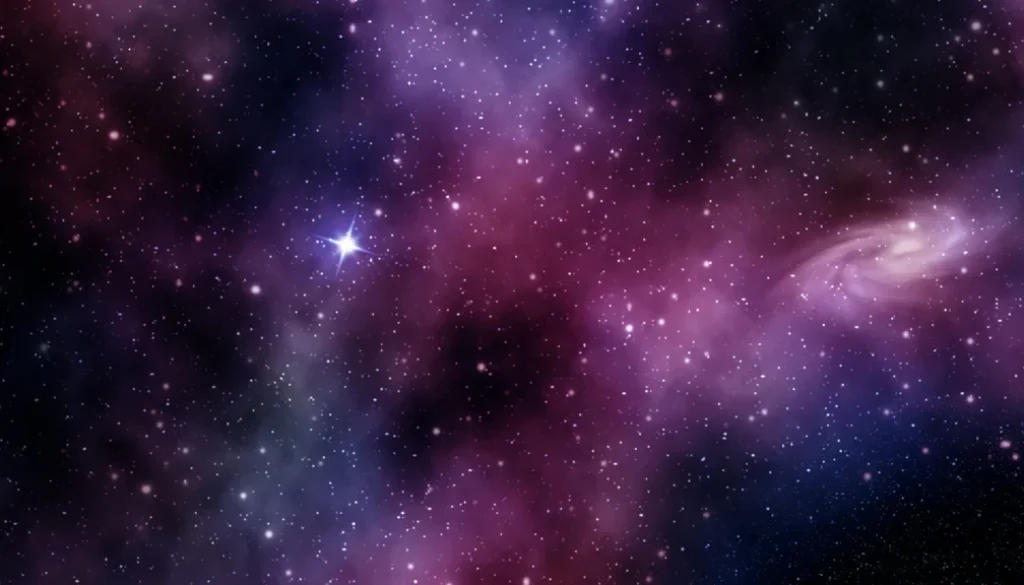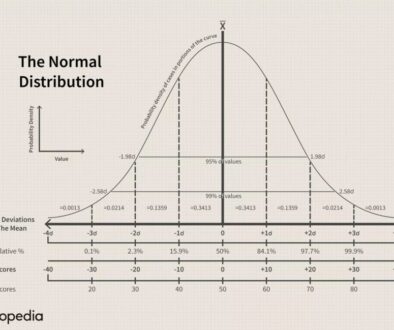UofT Course Review- AST101H1
By writing course reviews about classes I took at UofT, I hope to help any prospective students struggling to plan their schedule. There will obviously be some degree of bias as these are based on my own experience and certain factors such as the professors teaching, exact content covered and assessment methods varying from year to year. However, I hope they give some insight into what to expect.
I’ll start off with AST101H1: The Sun and its Neighbours.
Taken: Fall 2023
Course Average: C+
How I Did: Above Average
Workload: Light to Average
Content Covered in AST101
Official Description
Our place in the Universe. Phenomena we see in the sky. What we know about the Sun, the planets and comets, and the formation of the solar system – and how we know it. What makes planets suitable for life. Finding out about the nearest stars and their planets. This course is intended for students with no science or engineering background.
What we covered
Our galactic neighbourhood going outwards (planets, galaxies, clusters, superclusters, the edge of the observable universe). The Earth (formation of our Moon, tidal and seasonal phenomena and our future), star formation, why planets and galaxies form the way they do, the light spectrum, characteristics of our Solar System (the planets, dwarf planets, our Sun, comets and asteroids) including their formation and physical and chemical properties. Space exploration and techniques, methods for identifying planets, and potential for extraterrestrial life.
Lectures
Lectures were in the Convocation Hall since this class started off with 1500 people (yes, that is a LOT) and about 1000 (still a lot) stayed by the end. I sat in the very front row (I’m a nerd, I know) but it helps me to focus more and engage if need be. AST101 is a very popular course for fulfilling science breadth requirements for social science, business and humanities students.
We had two professors for this course, with one for each half of the total material with one or two appearances for subtopics in between. They were both incredible; they didn’t just read off the slides, they spoke with passion and you could clearly tell that they loved what they did. They would walk around during the Clicker activities (see below), seamlessly clarified any doubts people had and even dropped a hint or two. They also showed real examples of data and photos from NASA about recent discoveries and crisp images of the Solar system, which looked beautiful and ties all of the material together. They even had cool animations of orbits and phenomena to help visualize the concepts, which I really appreciated.
Tutorials
Each week, we had a tutorial where we were split into 4 groups and had to collaborate and present a concept from class with 20 minutes to prepare. After each presentation, we had a Clicker question to answer, making it 4 per tutorial. My group mates were very kind and easy to work with, so I have no complaints there. My TA was also pretty good, he was very knowledgeable and explained and clarified any concepts well.
Evaluation Methods
Weekly Quizzes, ‘Clicker’ activities, Experiential Project, Midterm Exam, Final Exam.
Weekly Quizzes
Every week, we had an online quiz with a few questions on that week’s lecture material. We were allowed up to 5 attempts for the quiz, with our most recent score, not the highest score, recorded. Every new attempt does not have all the same questions; questions seemed to have been sampled from a question bank with every attempt. The questions weren’t too hard though, just fill in the blank, multiple choice and select all that apply.
Clicker Activities
We had to buy a physical remote called an ‘IClicker’ before classes started which was used for multiple choice polls every lecture, with there being 2 – 5 polls per class depending on the topic. It was a good way to keep everyone focused and engaged as we were allowed to discuss with our neighbours to bounce ideas off of each other. The only thing that sucked was that the bookstore didn’t have any for the first few weeks of class, so I went on Amazon and bought one. Luckily, they were aware of the issue and did not take any polls for credit until most of the class had, about 3 weeks in. However, I think using software like Poll Everywhere would have been significantly better since people could just download it on any device and respond from there.
Experiential Project
We had to choose between 3 projects to work on for the semester:
1. A project where we everyone took pictures of the Moon over the course of 2 months, and write a research paper on the observations made from those photographs. However, we were allowed to only use concepts from lectures.
2. Take part in two 8-minute oral interviews about any topic of our choosing, where we discuss what we learned and any questions about the topic could be asked.
3. Set up a telescope in public and ask volunteers from the public to observe the sun through it. It had a special filter as to not burn anyone’s retinas and blind them.
I choose the Moon project because I enjoy doing research and analyzing data. I took my Moon photo on the night of a full moon using a camera provided by the faculty. I’m no photography expert by any means, but I managed to get a few good shots that night since it was cloudless, and the Moon was bright. The project had to be fully structured with sections for an introduction, methodology, results and analysis, including a bibliography with all sources used. I’ve attached a copy of my report below so you can take a read of it: Moon Report
Midterm
It was a 2 hour exam with a mixture of multiple choice, short answer questions and one bonus question for extra credit. The exam was very fair with no surprises; it covered all material up to the date.
Final Exam
My final exam experience was a bit unconventional. I did not write the final exam with everyone else; I had something called a ‘3-in-a-row’ conflict where I had 3 exams scheduled back-to-back, so the latest one (this) was deferred until later in the day. I’m grateful because this was an afternoon exam, and I had another one that same morning and another the night before, so I would have been burnt out. Instead I wrote my final that night.
The final was the same format as the midterm with multiple choice, short answers and a bonus question and emphasized material since the midterm but had some concepts from earlier. The only difference was that it was 3 hours long. It was a bit tougher than the midterm but overall, still very fair. However, I’m pretty sure the exam I wrote was not the same as everyone else’s. I never followed up to see if I could get a copy of the final everyone else wrote, but I’d like to think it would have been around the same difficulty.
My thoughts on the course
This was a very interesting class to take for me as I’ve always been interested in Astronomy. Learning about what lies beyond our planet was very fascinating. The professors made all the material digestible, and the concepts were not too hard to learn. A bit of memorization is involved but nothing drastic and the course had little to no computational math involved (as a Math and Stats undergrad it broke my heart). Luckily, this course’s workload was light for me, and I did well while only putting in 1 to 2 hours of effort per week (actual effort may vary).
My favourite topic was the search for potential extraterrestrial life since there is a high chance that we are not alone in the entire universe and seeing that from an objective point of view really intrigued me. All the assessments and workload were very fair and there were plenty of office hours and support available.
Overall, I’d recommend this course to anyone.



